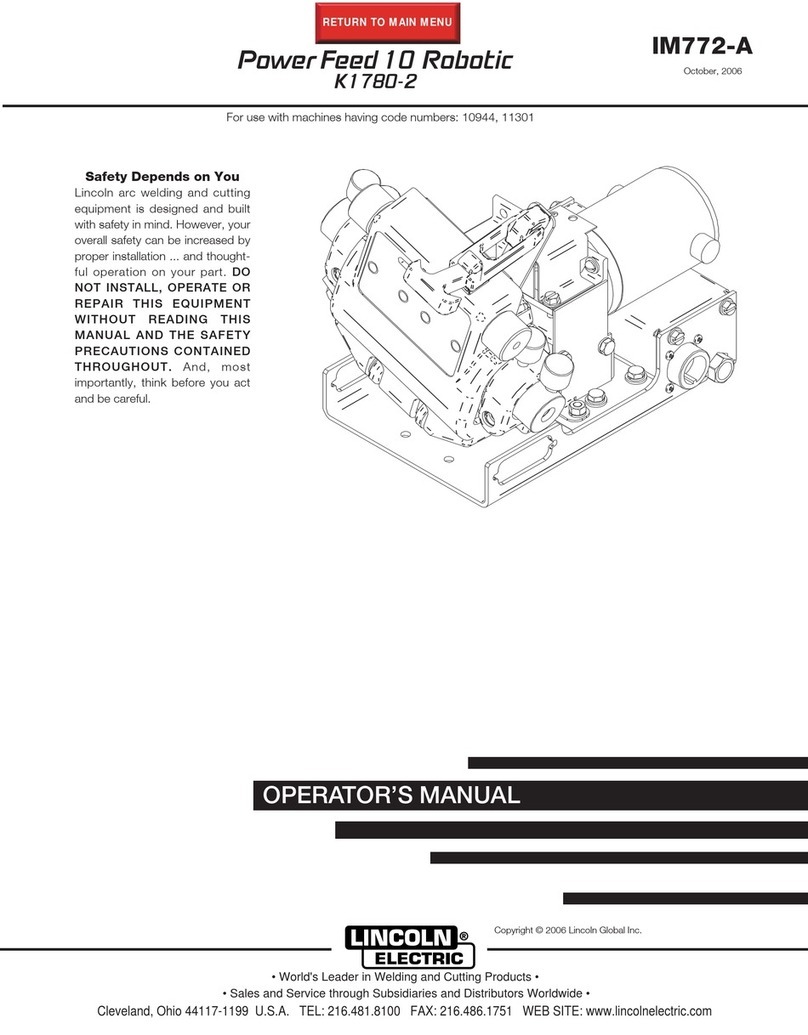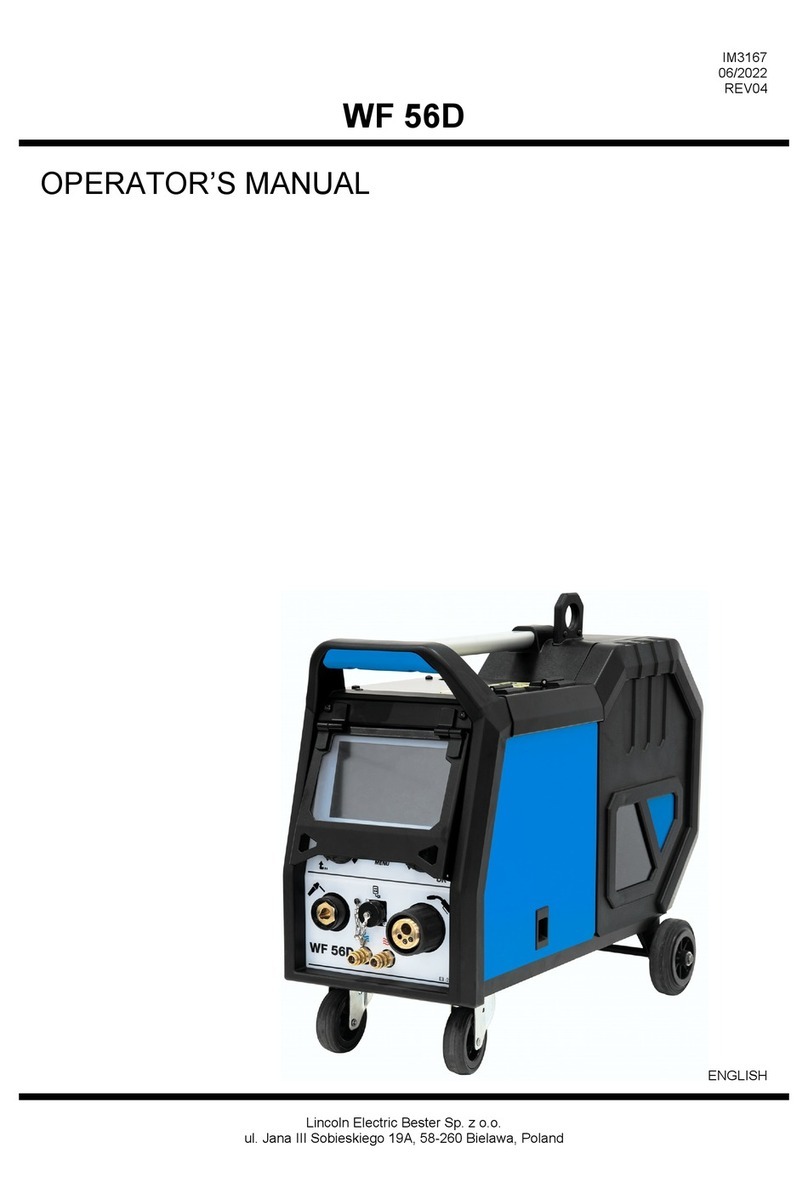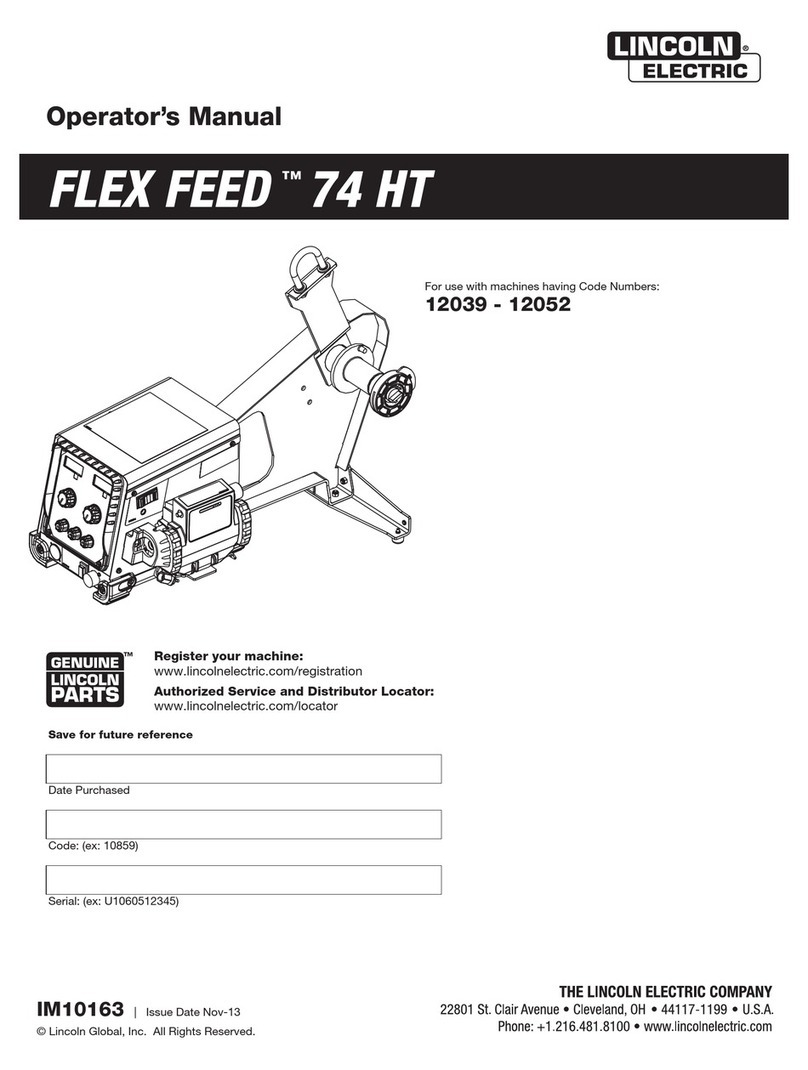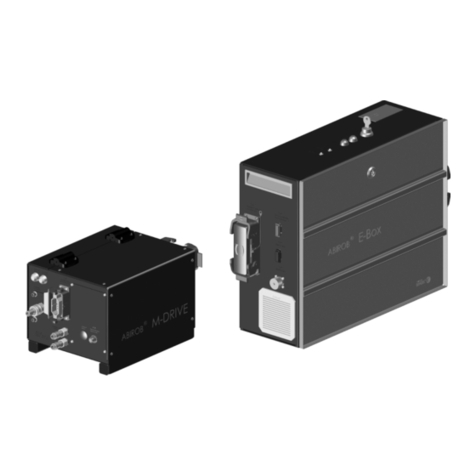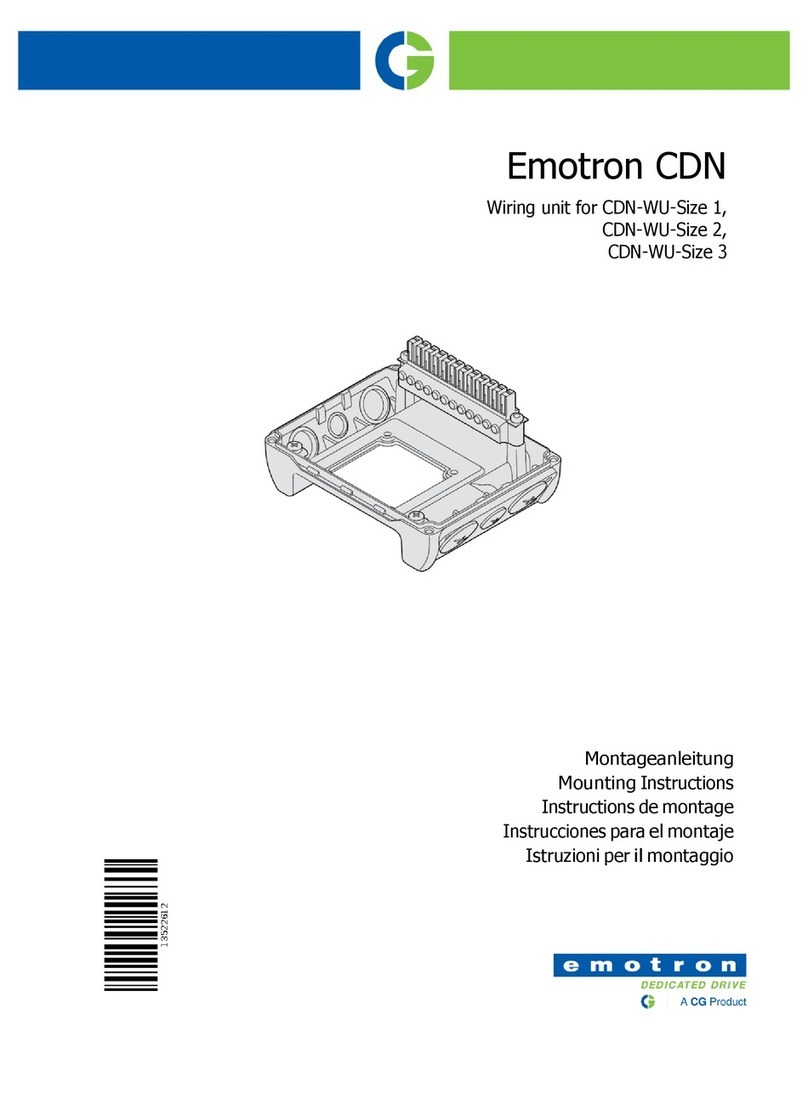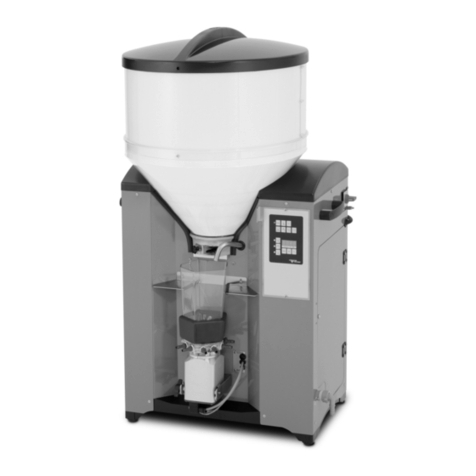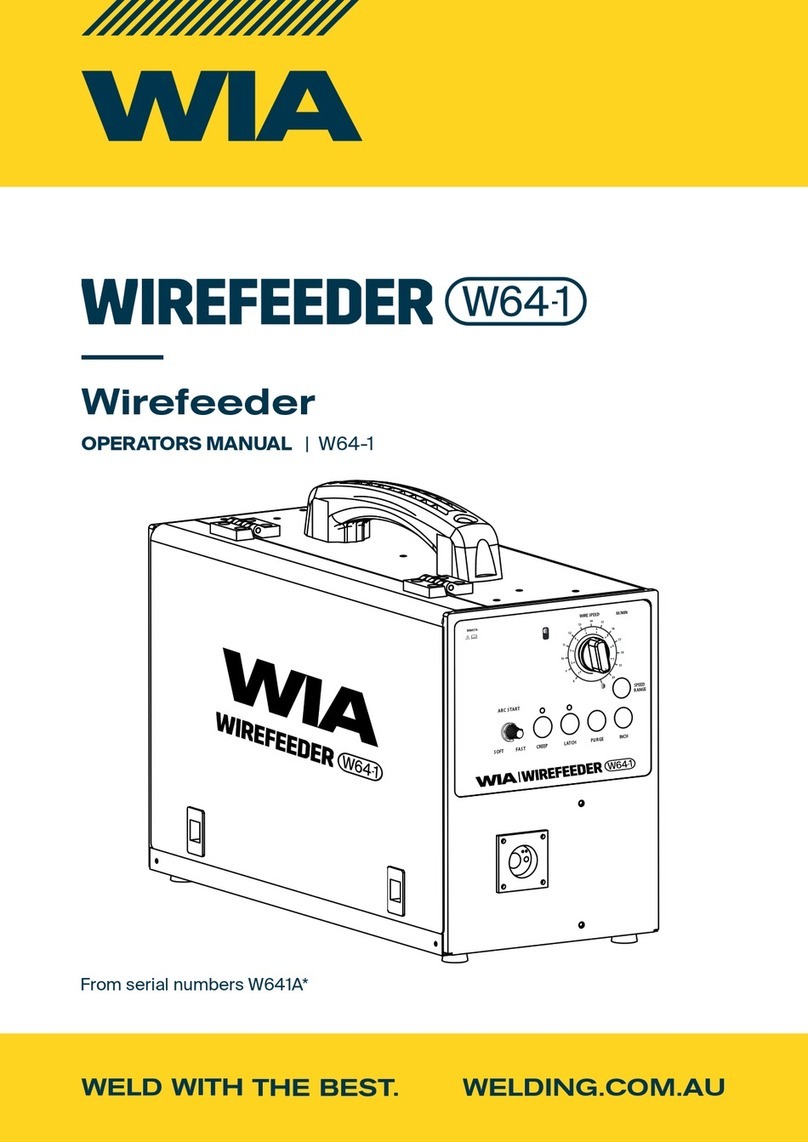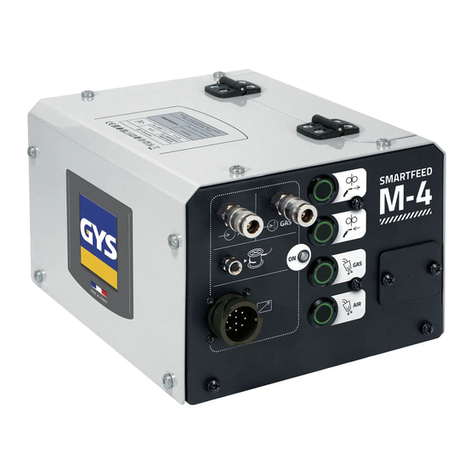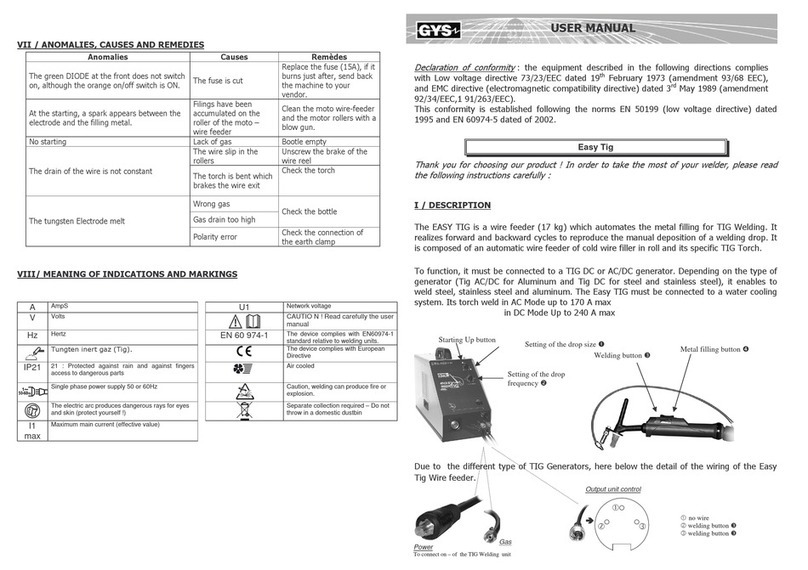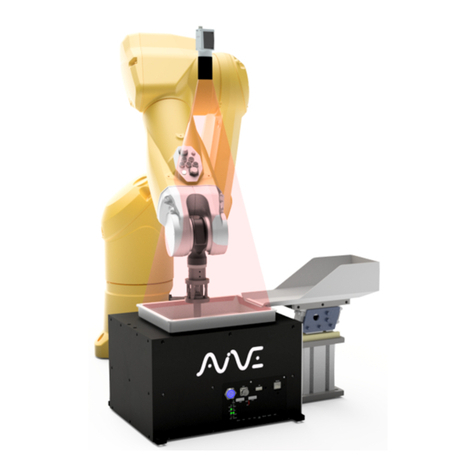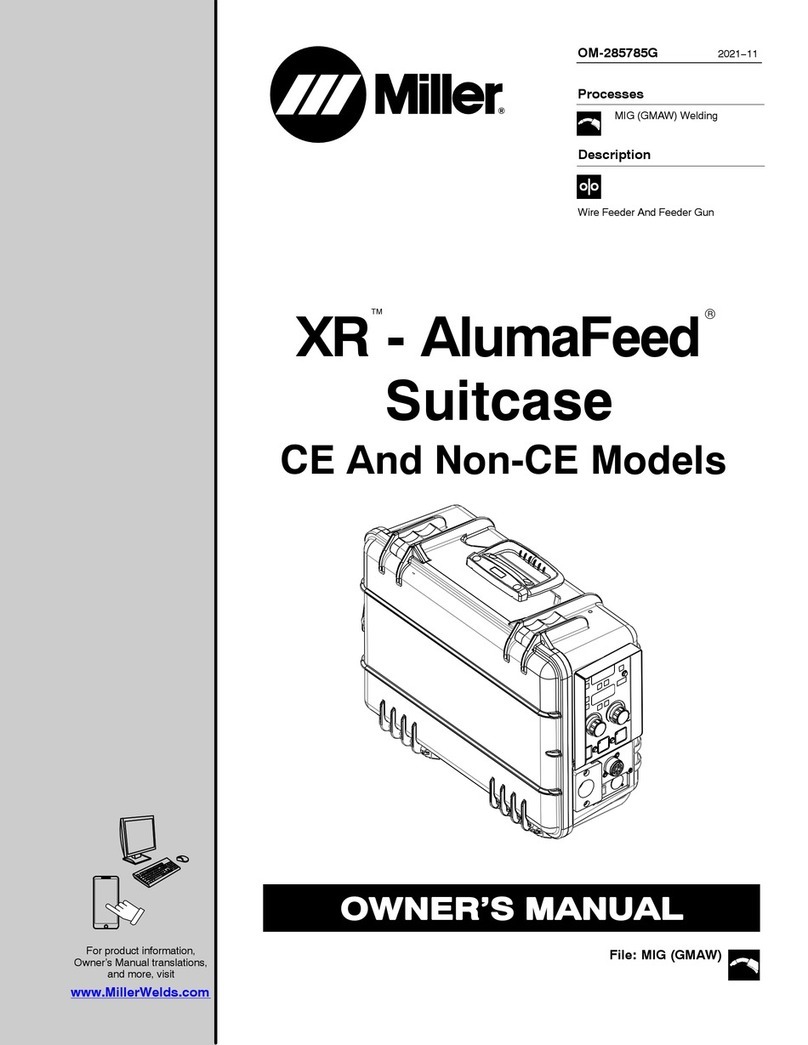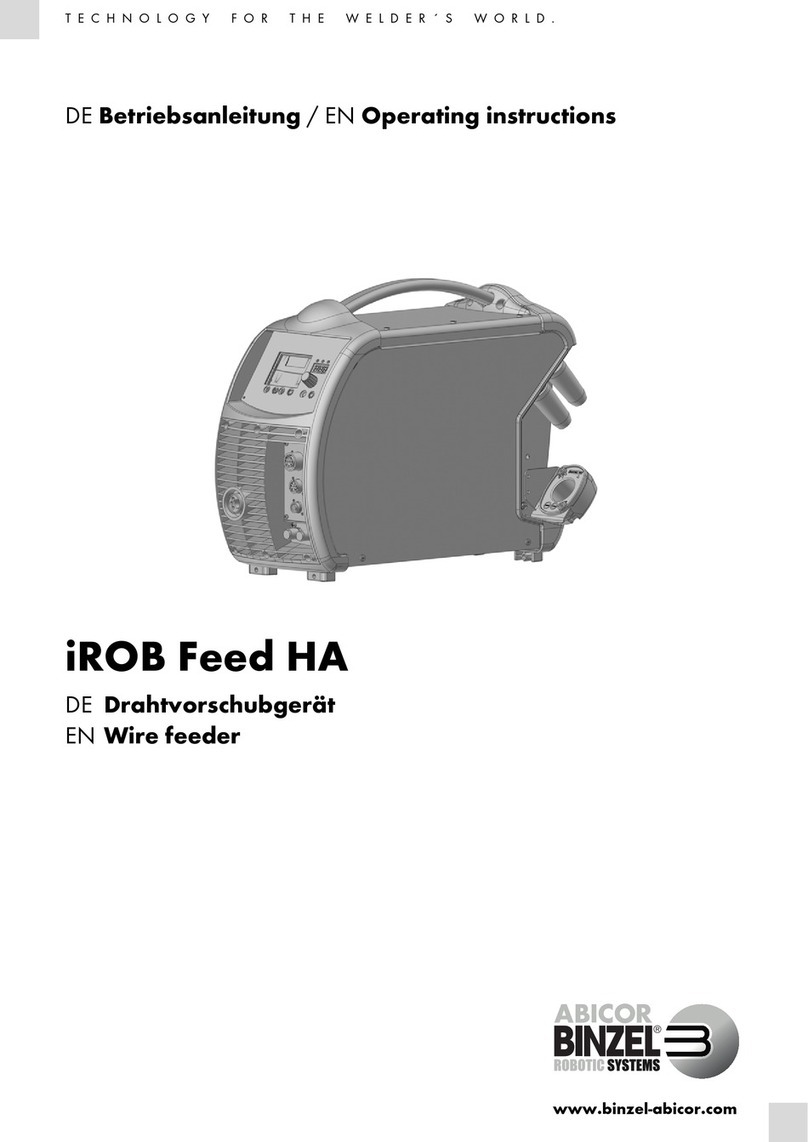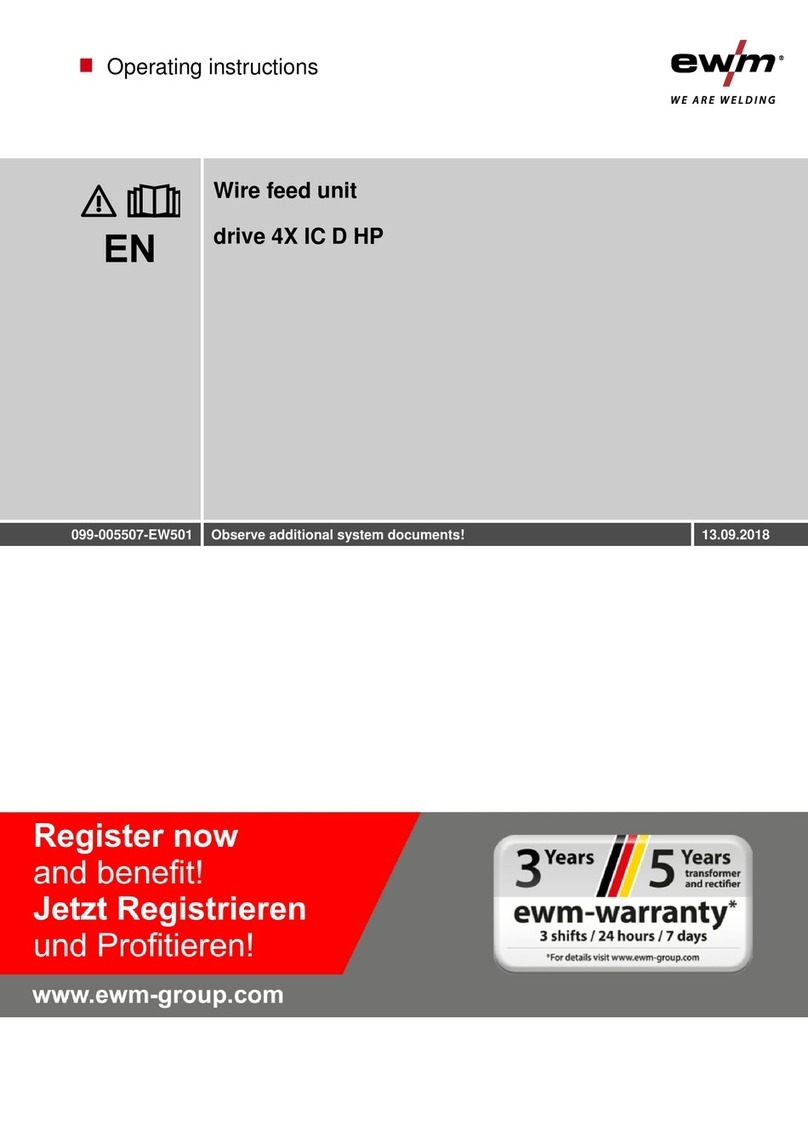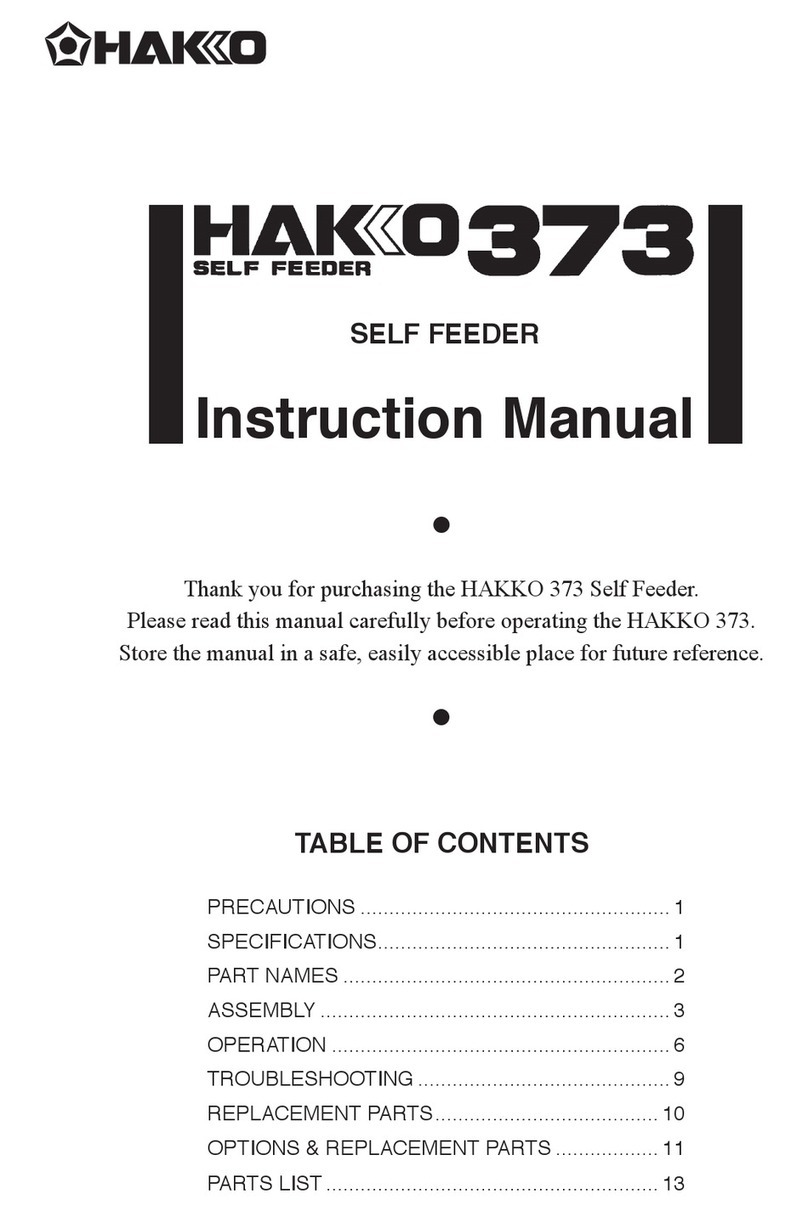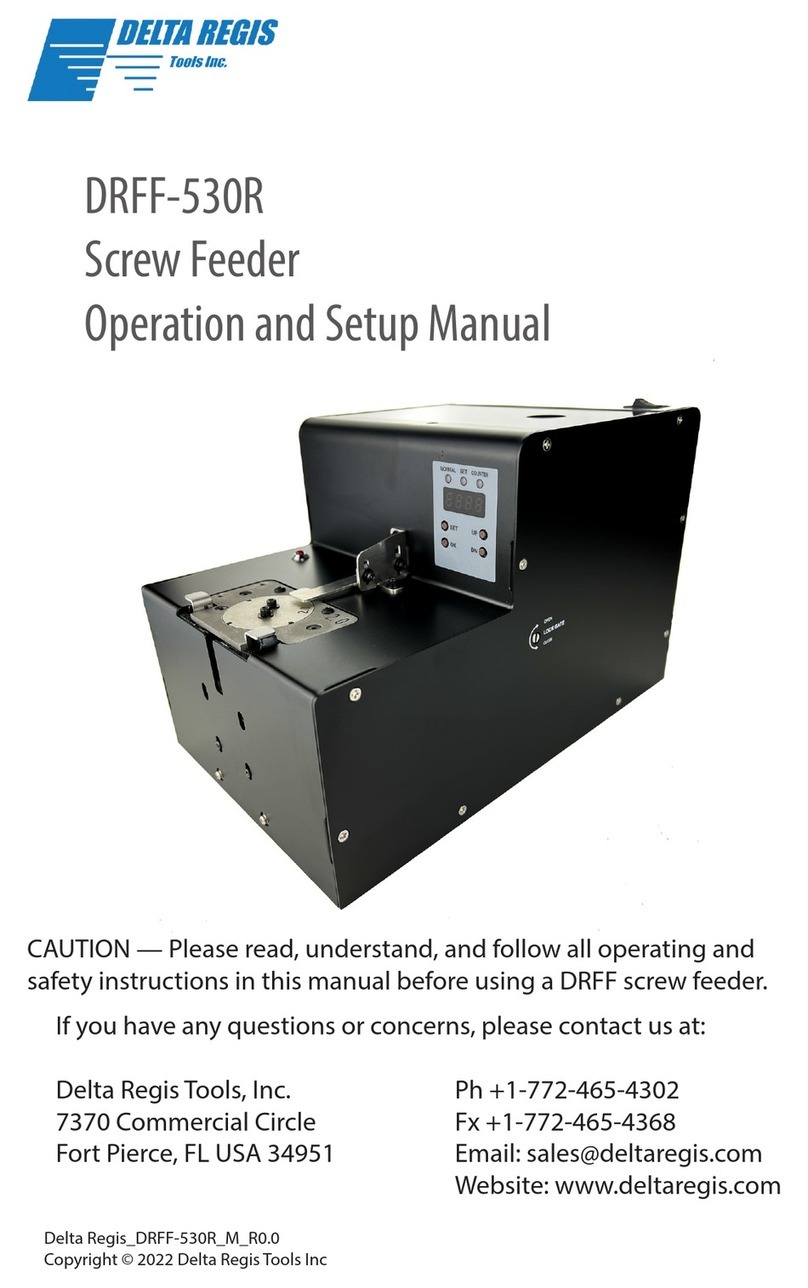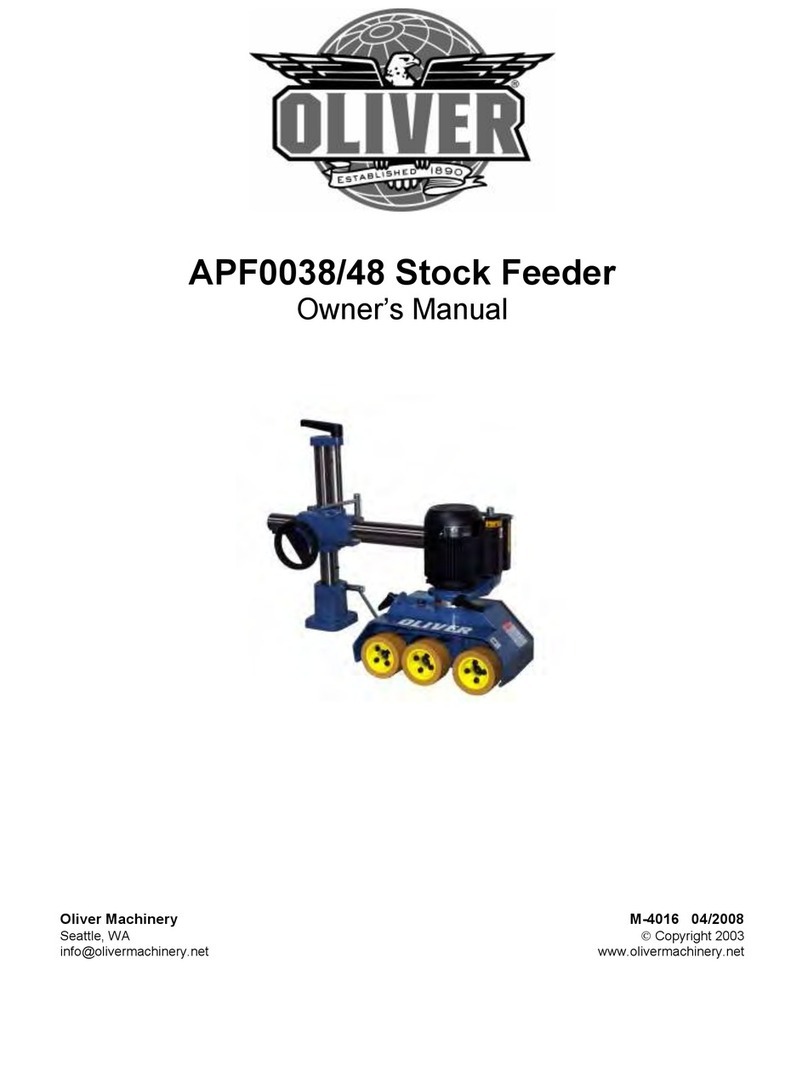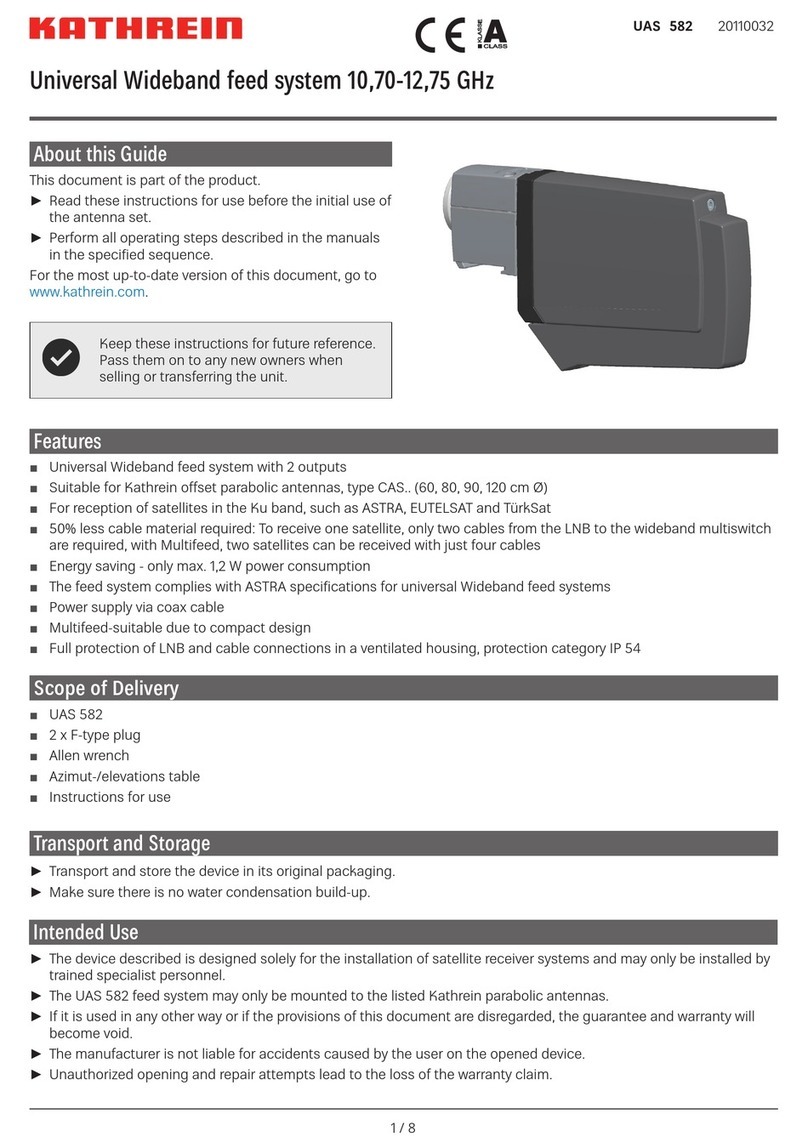
English 7 English
User Interface U22
The LF 52DS wire feeder uses the U22 interface based
on two separate LED displays for operation.
11 14
24 17
12 13 15
16
18
192021
2223
25
26
Figure 4
11. Left Display: Shows wire feed speed or welding
current. During welding shows the actual welding
current value.
12. Status LED: A two color light that indicates system
errors. Normal operation is steady green light. Error
conditions are indicated, per Table 1.
Note: The status light will flash green for up to one minute
when the machine is turned on for the first time. When the
power source is powered it can take as long as up to 60
seconds for the machine to be ready to weld. This is a
normal situation as the machine goes through the
initialization.
Table 1. LED Light Conditions
LED Light
Condition
Meaning
Only machines which using
protocol for communication
Steady Green Power source is operational, and is
communicating normally with all
healthy peripheral equipment.
Blinking Green Occurs during power up or a system
reset, and indicates the power source
is mapping (identifying) each
component connect to the system.
This behavior occurs for first after
power is turned on, or if the system
configuration is changed during
operation.
Alternating Green
and Red
If the status lights are flashing any
combination of red and green color, it
means that errors are present in the
power source.
Each digit of the code corresponds to
the number of red flashes of the
indicator lamp.
Individual code digits are flashed in
red with a long pause between digits.
If more than one code is present, the
codes will be separated by green light.
Read the error code before the
machine is turned off.
To clear the errors try to turn off the
machine and wait for a few seconds,
then turn on again. If the error
remains, a it maintenance is required.
Please contact the nearest authorized
technical service center or Lincoln
Electric and report the error code.
Steady Red Indicate no communication between
the power source and device which
has been connected to this power
source.
13. Thermal Overload Indicator: It indicates that the
machine is overloaded or that the cooling is not
sufficient.
14. Right Display: Depending on the source welding and
the welding program shows the welding voltage in
volts or Trim value. During welding shows the actual
welding voltage value.





